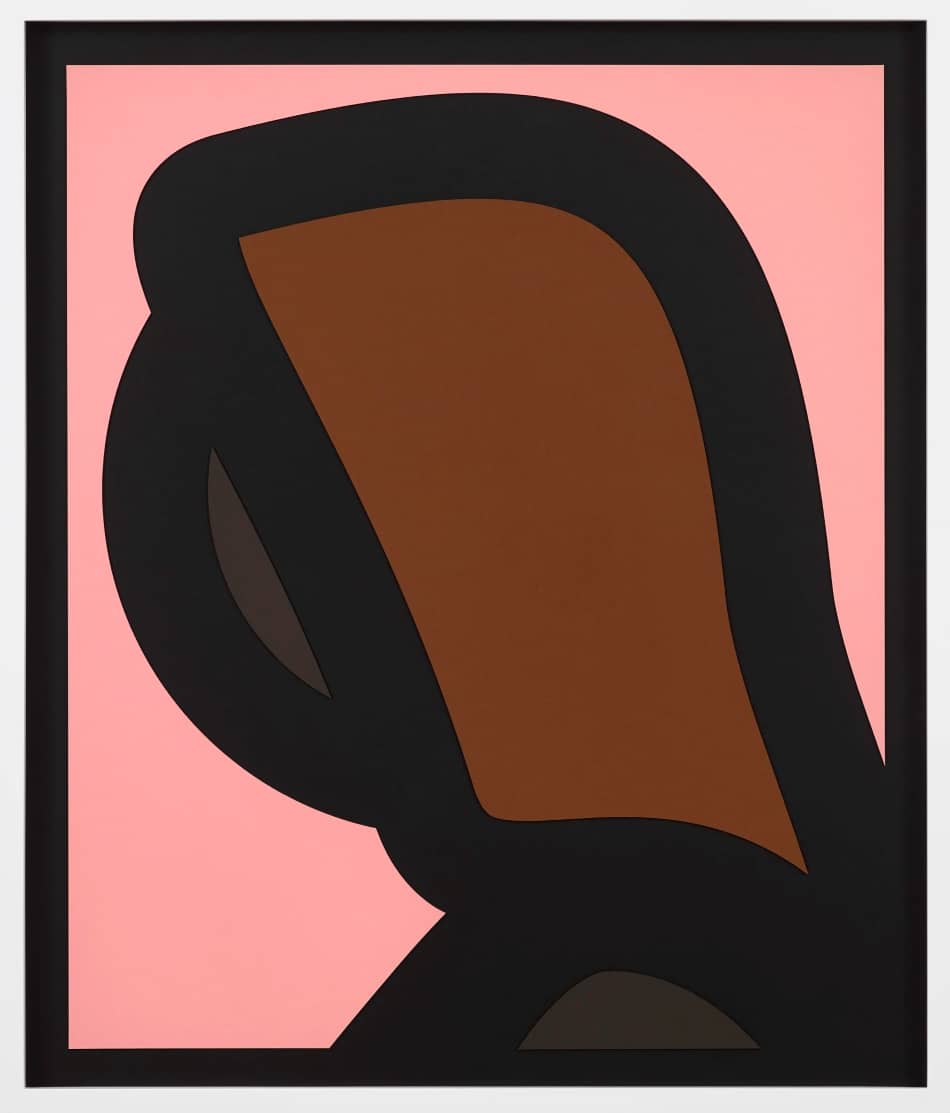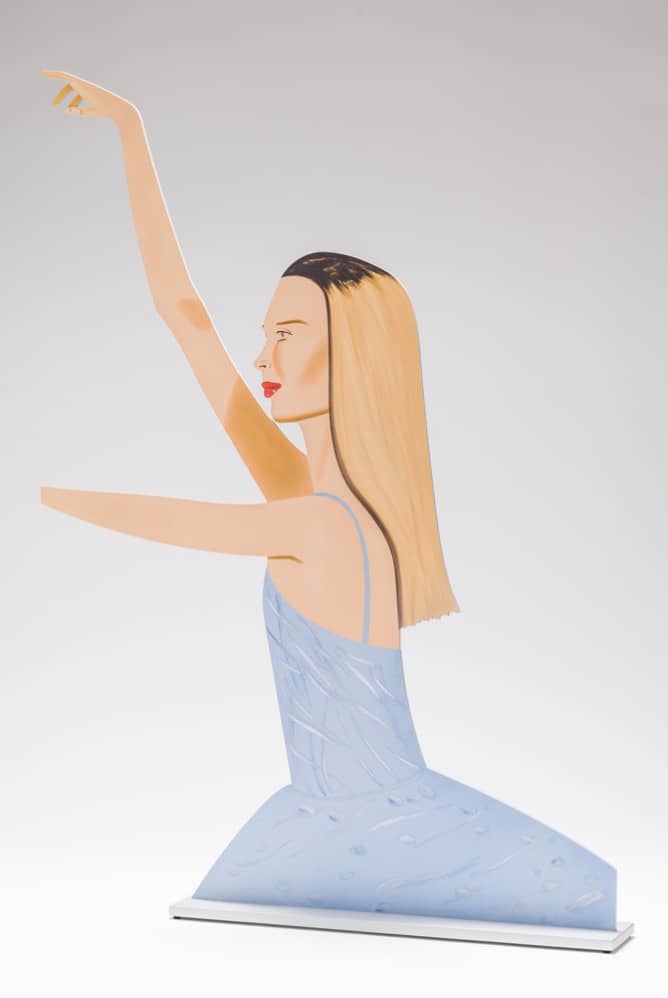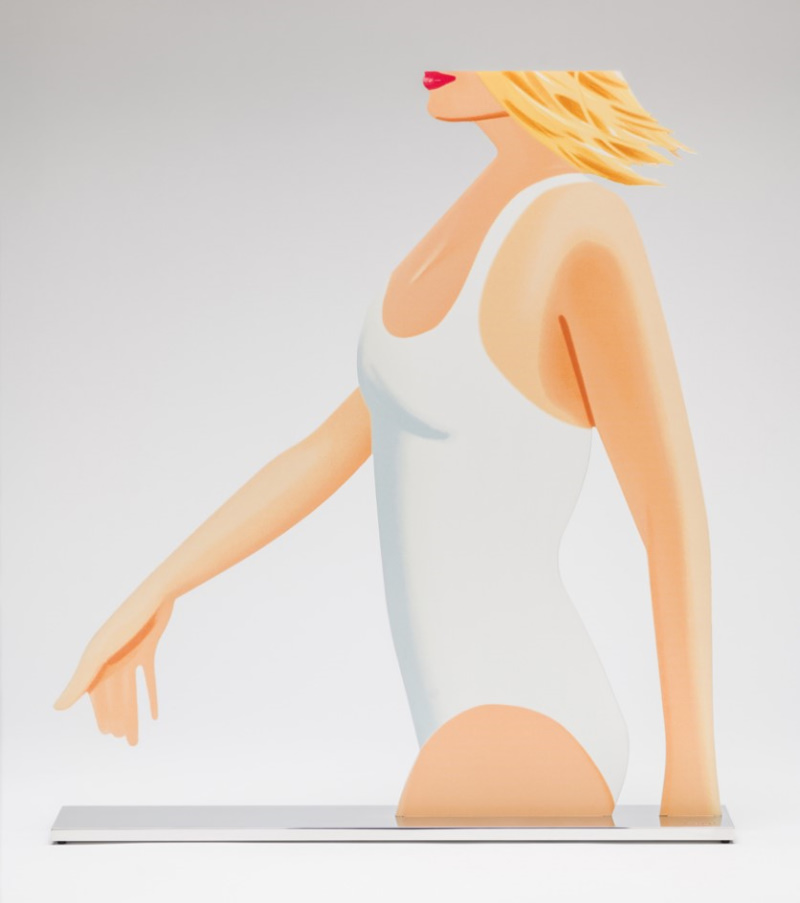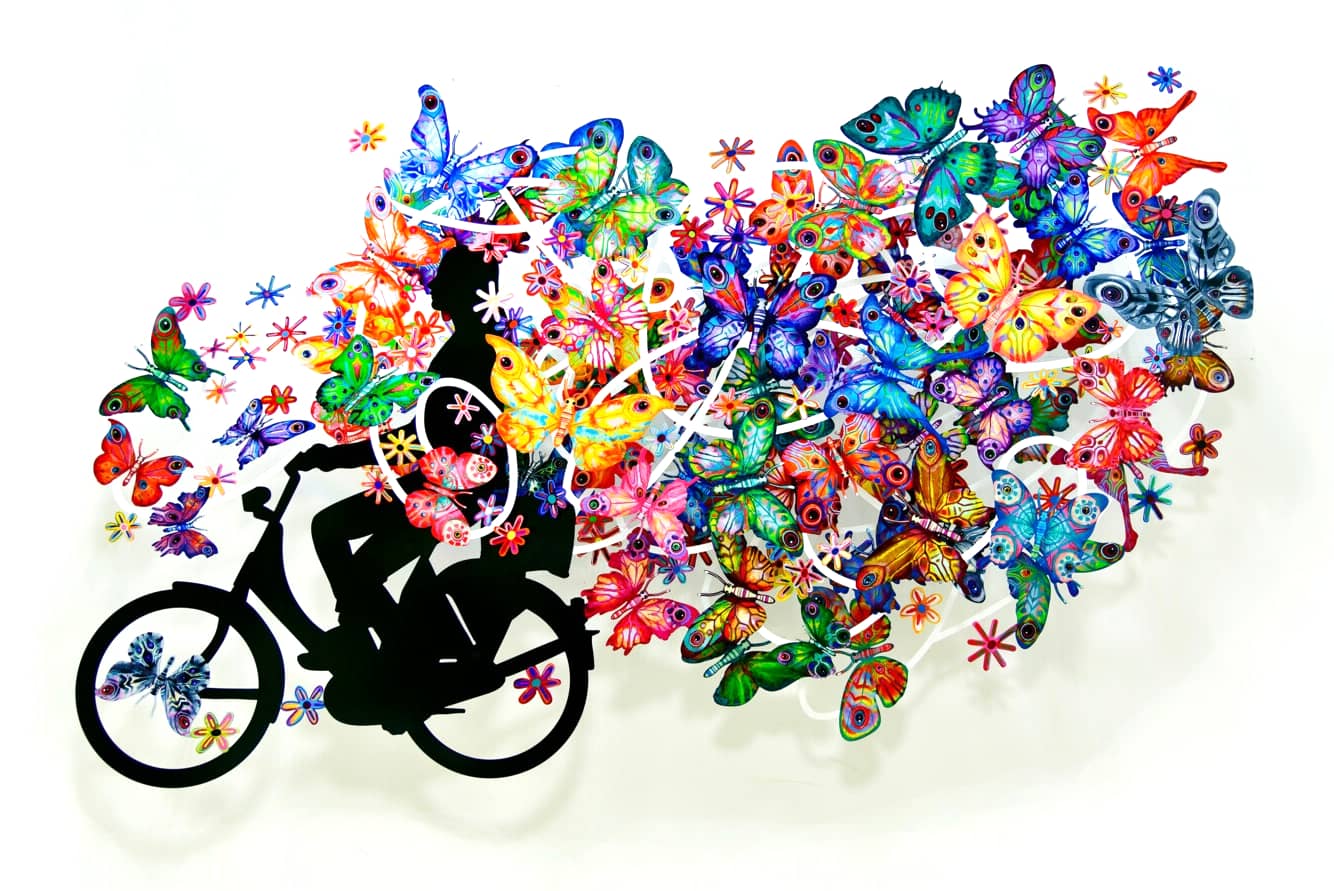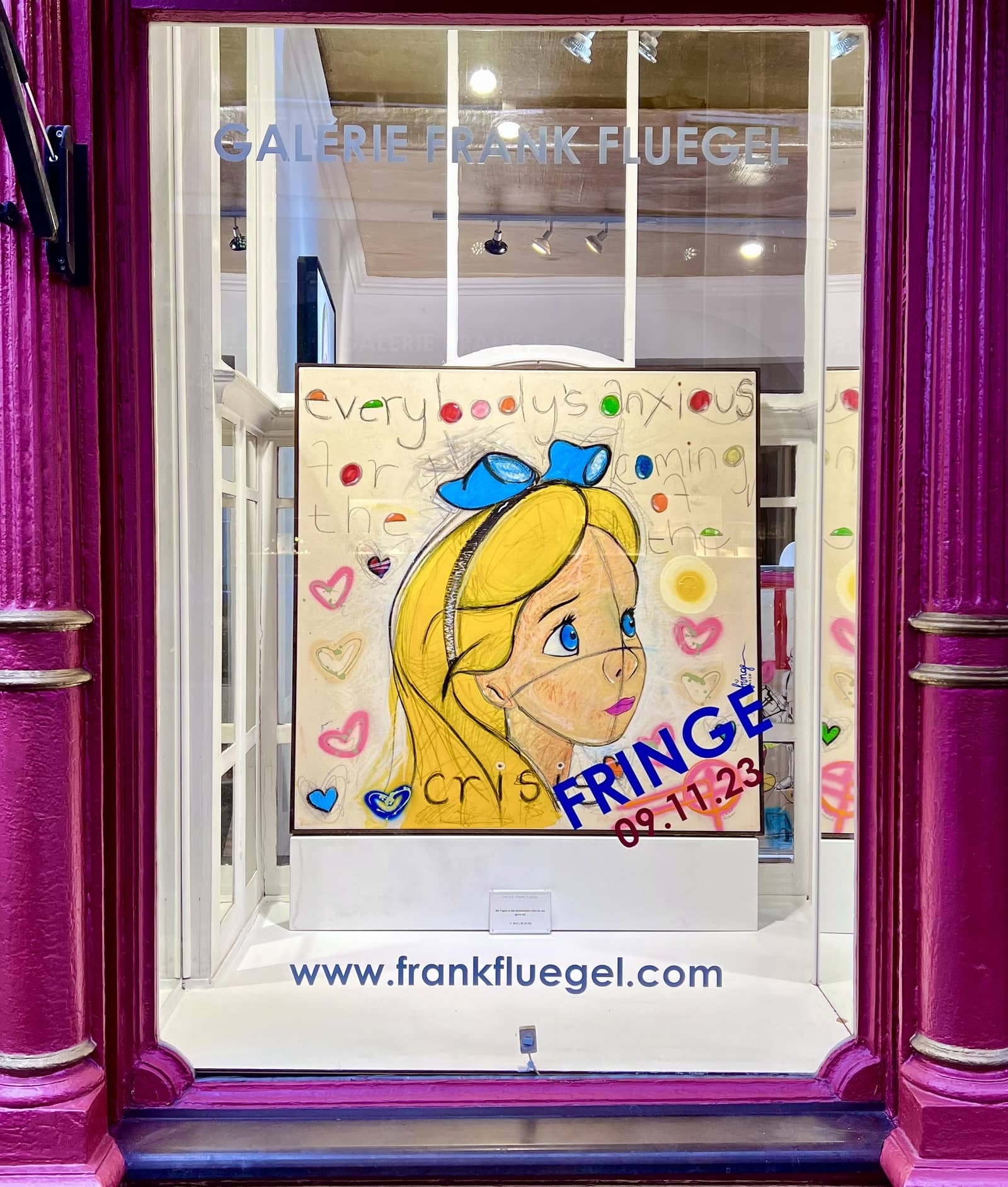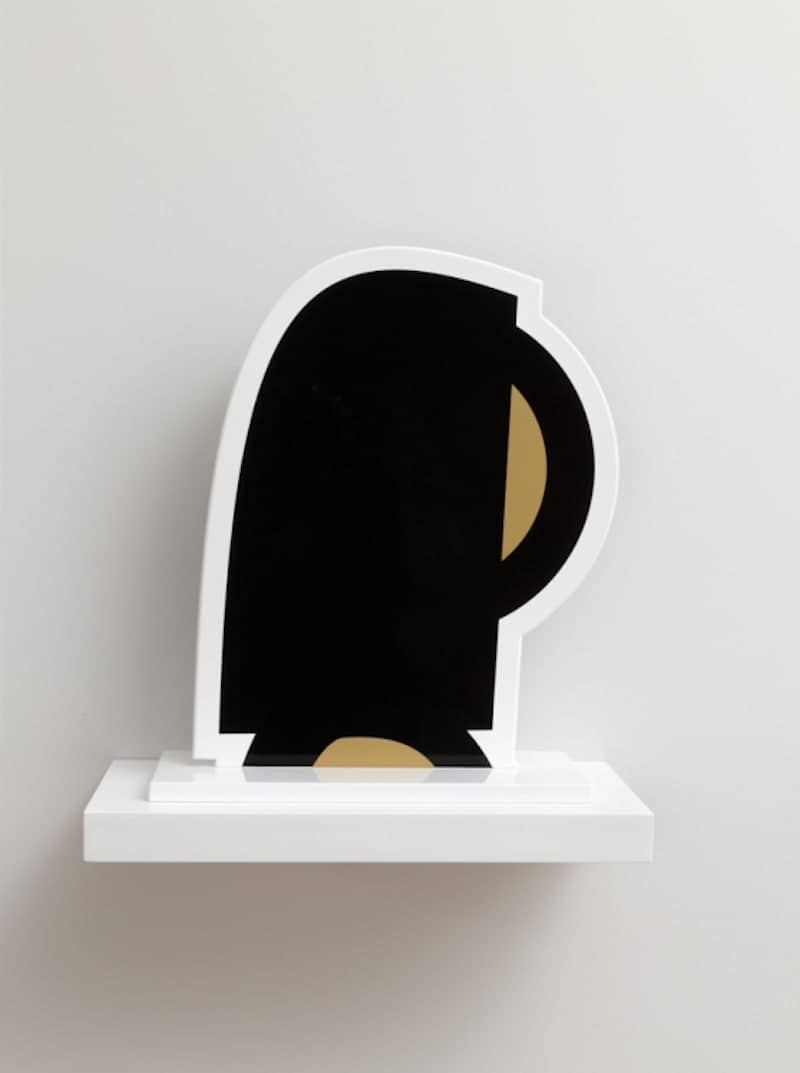
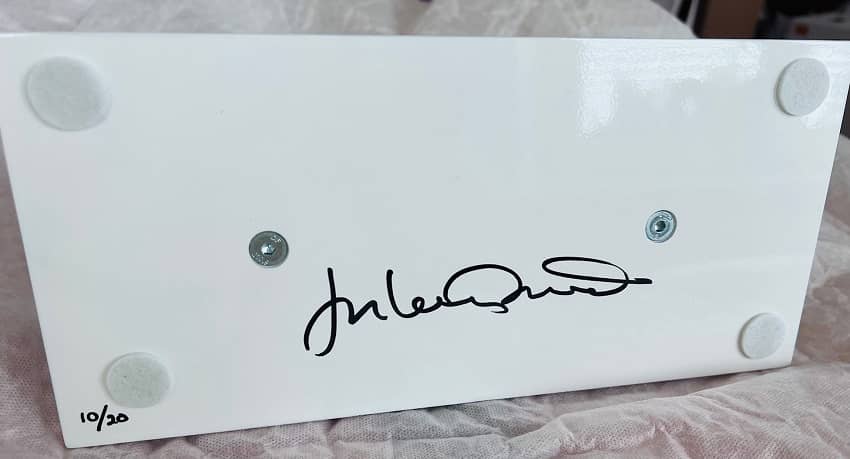
Julian Opie Heads Zhiyun / sculpture / signed, numbered / edition of 20
| Year: | 2017 |
| Format: | 15 x 25 cm / 5.9 x 9.8 inch |
| Material: | aluminum |
| Method: | Screenprint and spray paint |
| Edition: | 20 |
| Other: | handsigned, numbered |
Julian Opie – Heads Zhiyun.

| Year: | 2017 |
| Format: | 15 x 25 cm / 5.9 x 9.8 inch |
| Material: | aluminum |
| Method: | Screenprint and spray paint |
| Edition: | 20 |
| Other: | handsigned, numbered |
Diverse and yet distinctive / Julian Opie
The name “Zhiyun” has its origins in Chinese culture and language. It is typically used as a given name for both males and females.
In Chinese, “Zhi” (智) means “wisdom” or “knowledge,” while “Yun” (云) can mean “cloud” or “fortune.” Together, “Zhiyun” can be interpreted to mean “wisdom in the clouds” or “fortunate wisdom.”
Like many Chinese names, “Zhiyun” carries cultural significance and may have been chosen for various reasons, including its meaning, sound, or familial tradition. It’s a name that reflects positive attributes and aspirations, common in many cultures where names often carry meanings beyond mere identification.
There isn’t any specific indication that Julian Opie has created a portrait sculpture named “Zhiyun.” However, if he were to use such a name for a sculpture, there could be several reasons behind his choice.
Opie might have a personal connection or interest in the name “Zhiyun.” Perhaps he finds its meaning or sound appealing, or it holds significance to him for some other reason. Additionally, as his work often explores themes of identity and cultural diversity, using a name like “Zhiyun” could be a way for him to engage with Chinese culture or reflect the diversity of human experiences in his art.
Moreover, like many artists, Opie may select names for his sculptures based on universal appeal or resonance. “Zhiyun” has a lyrical quality to it that could evoke a response from viewers regardless of their cultural background.
Finally, artists often choose names for their works based on artistic intuition or aesthetic considerations. If Opie feels that “Zhiyun” captures the essence or spirit of a particular portrait sculpture he has created, he may choose to use it simply for its artistic merit.
Ultimately, if Julian Opie were to use the name “Zhiyun” for a portrait sculpture, the specific reasons behind his choice would likely be known only to him, and it would be open to interpretation by viewers.
Julian Opie is a painter, sculptor and video artist. The London-born artist became known in the mid-1980s with metal sculptures made of painted everyday objects. He draws his inspiration from the world of comics and consumerism, Japanese mangas and woodcuts as well as classical portraits and sculptures. Opie’s motifs range from nudes and portraits to figure paintings and landscapes. The works of the internationally successful artist are reminiscent of pictograms. Julian Opie explores the boundaries of stylization: To what extent can a person’s facial features be simplified while retaining their individuality? The artist has created his own universal visual language, which gives the motif an enormous variety of expression with minimal means. The Paper Heads series consists of eight laser-cut paper reliefs from 2019.
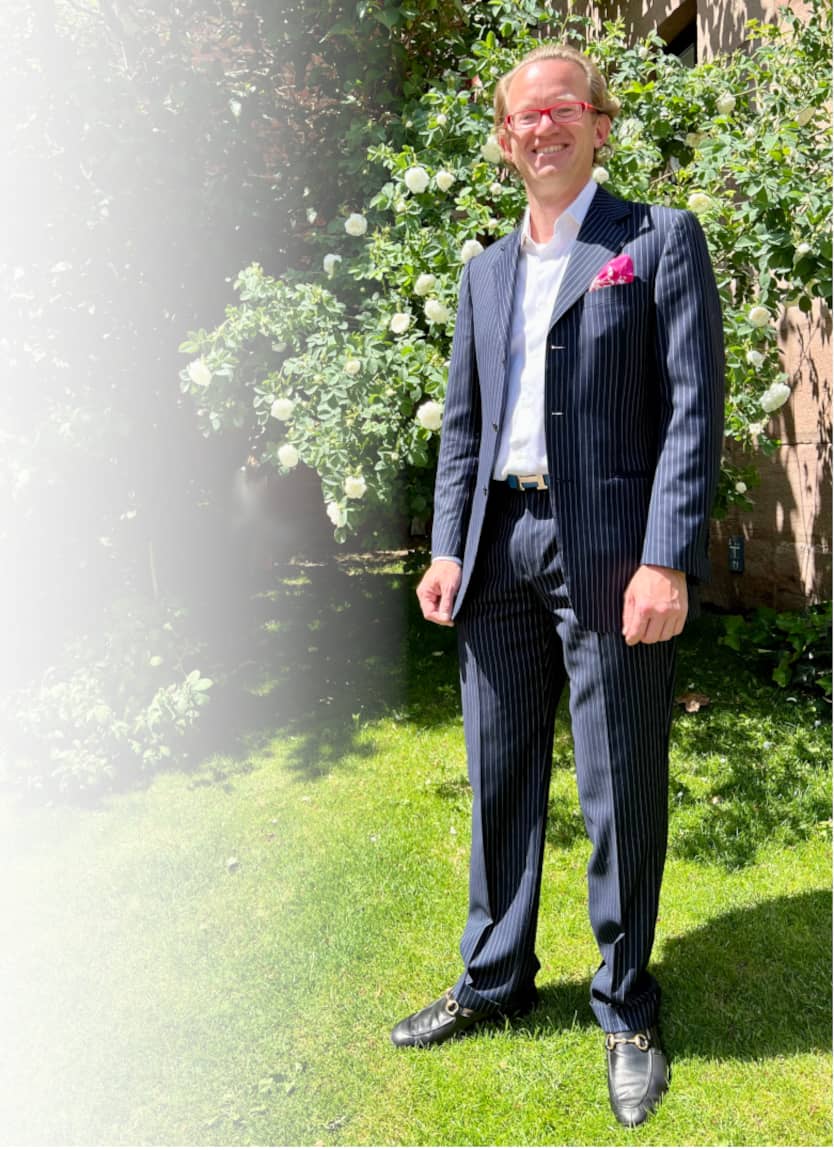


Year: 2017
Format: 15 x 25 cm / 5.9 x 9.8 inch
Material:aluminum
Method:Screenprint and spray paint
Edition:20
Other:handsigned, numbered


